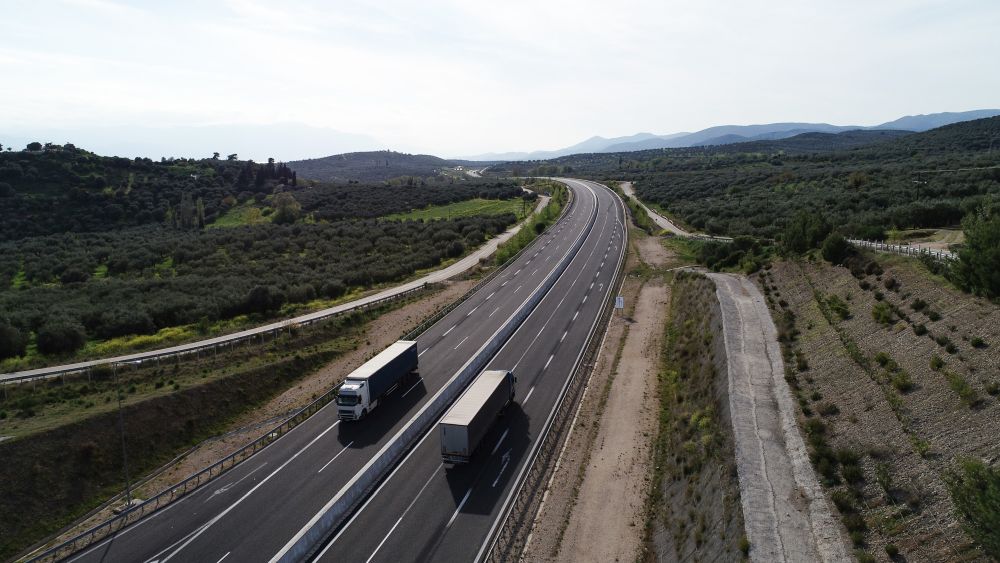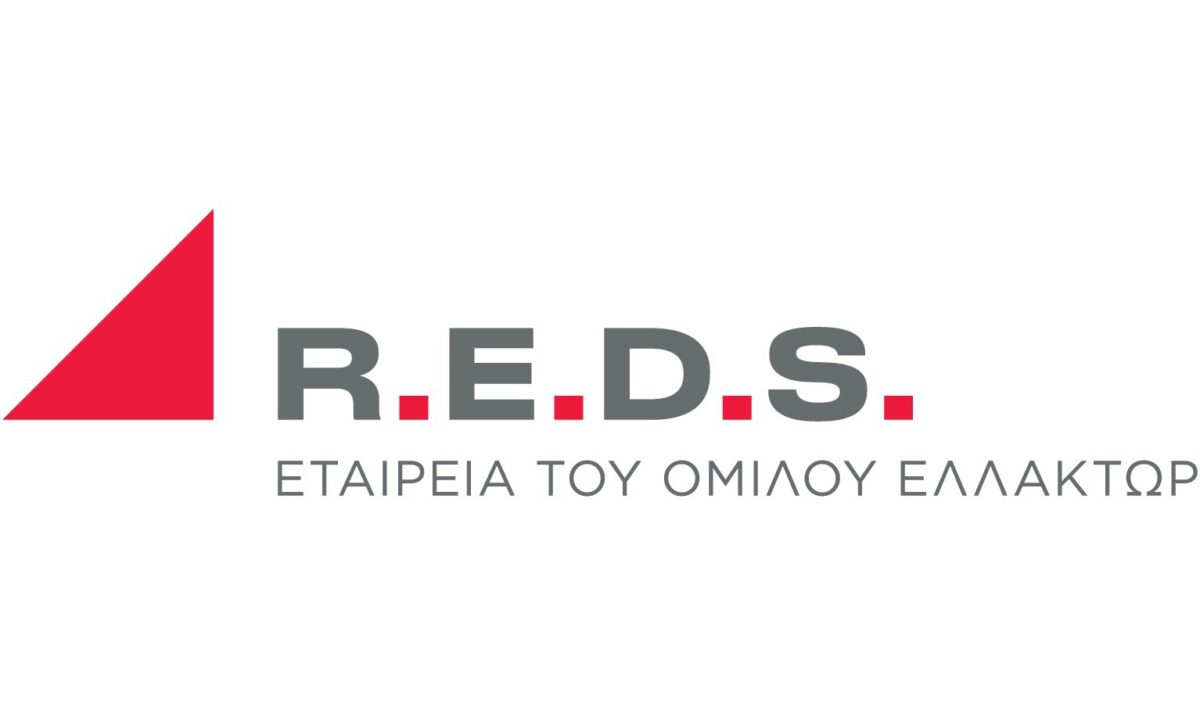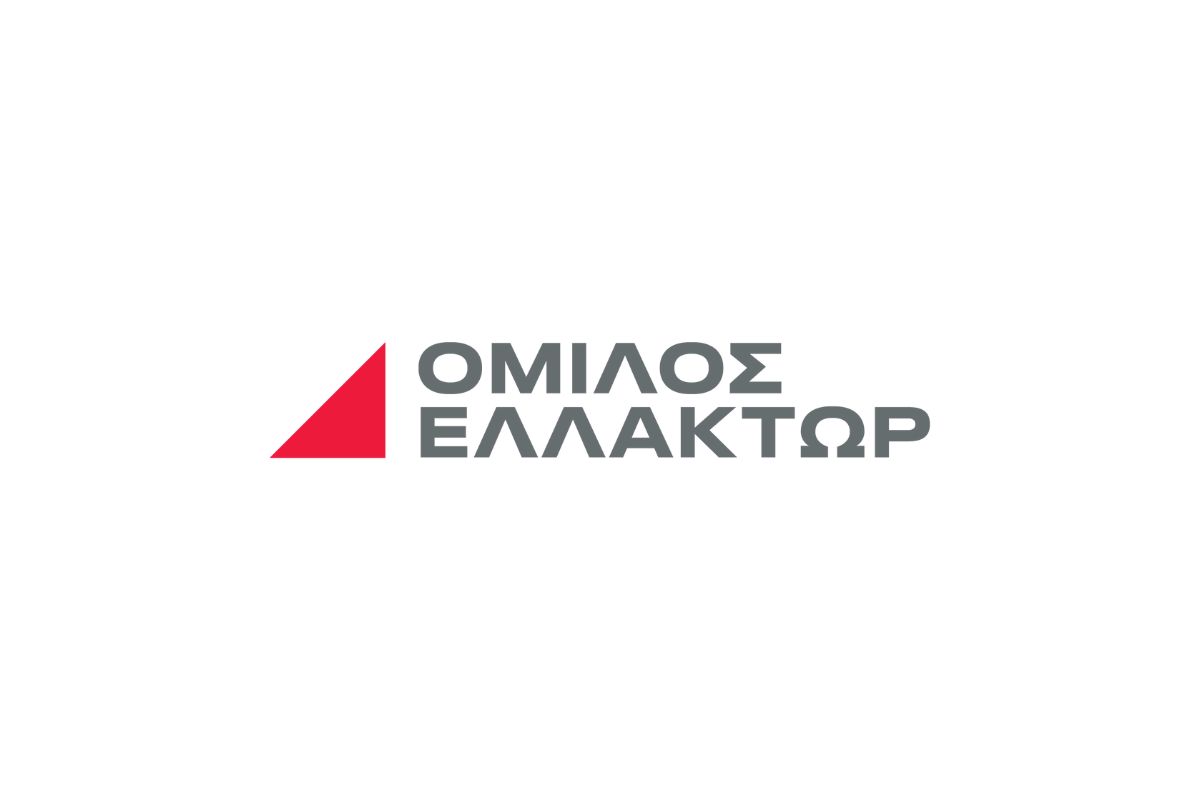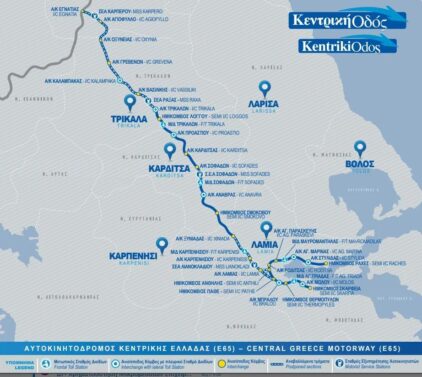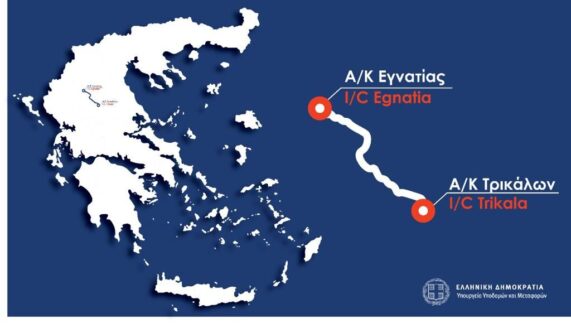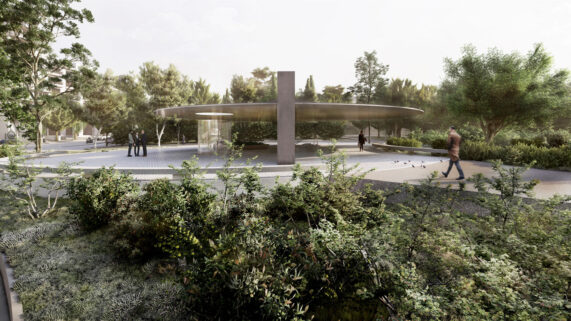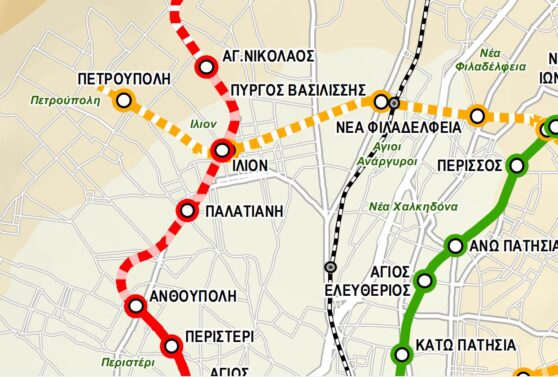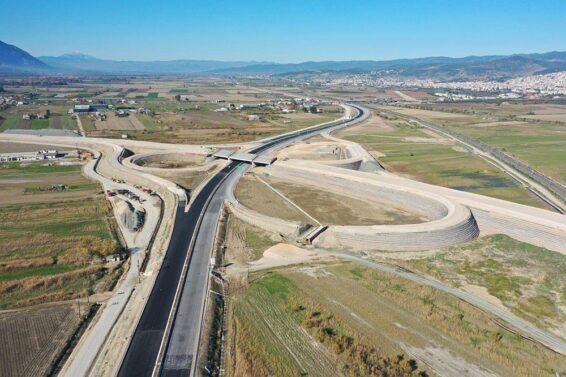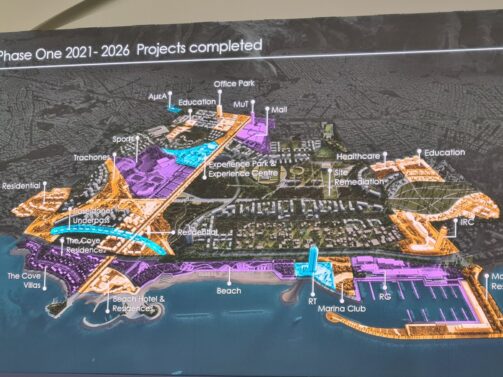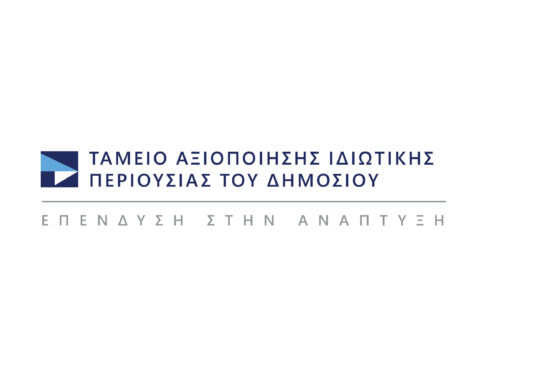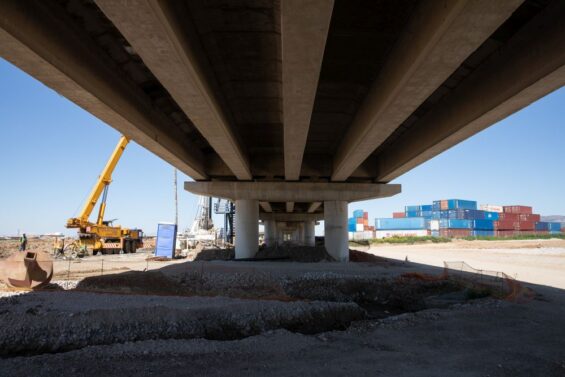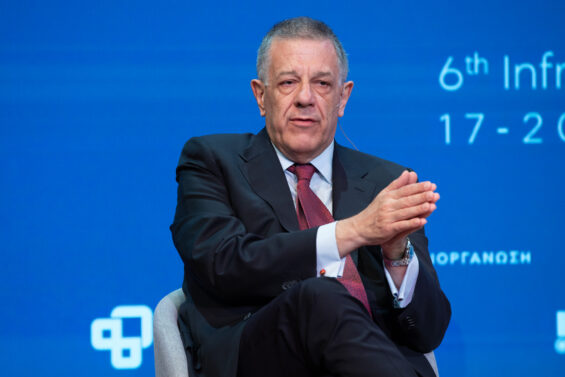A countdown for the signing of four major road projects has begun at the Ministry of Infrastructure and Transport. These projects, whose budget reaches 1.2 billion euros, are large and important contracts with a specific innovation. They have been tendered at a fixed price while the tender is by the study and construction method.
The bet for these projects is to succeed as much as possible. With the flat rate (rather than an invoice) implemented after many years (since 1988 some insiders say), an attempt is made to put an end to repeated extensions and claims during construction. According to many, they contributed to the long delays in the completion of public works over the last twenty years.
We will gradually see the signing of the projects for the extension of Kymi Avenue with the contractor TERNA-AKTOR-INTRAKAT, the flyover of the Regional Thessaloniki, the Bypass of Chalkida and Psachno with the contractor Mytilinaios and Bralos-Amfissa with the contractor AVAX.
The aim of the Ministry of Infrastructure and Transport is to sign their contracts soon. Already last week, the large Bralos-Amfissa road project passed the Parliament. The other three will follow with the aim of having established construction sites in all the above projects by the time of the elections.
The goal is “order” in the projects
The goal is to bring in a better order and the projects can progress at a better pace. The timetables should be respected and finally the projects should be completed in a reasonable time and not in today’s “indefinite”.
Executives of the sector note that this system can work so that we enter a new era in which the projects will not be the weak link of the construction industry but the one that will give the necessary impetus to the sector and by extension to the economy.
Another interesting aspect of these projects is how they will be implemented with design and construction. This method essentially transfers the final studies to the contracting scheme.
This tactic is believed to work in favor of the projects as the contractor will have the incentive to produce studies that can best support the implementation of the projects. In other words, they should not present major application weaknesses.
This is an important point since the public projects that have been tendered for years have been based on studies by the contracting authorities and in some cases presented significant weaknesses.
Α Model to fix all ills
What is thought by construction factors is that if this model succeeds, to a large extent this model of tendering, we will be talking about pilot projects in the future large constructions of the country.
This model cumulatively tries to save time in all phases of a project’s implementation. Shorter project maturation time from the contracting authority, improved tender times, more “wise” discounts, transfer of the study to the contractor, tighter schedule.
The three projects are planned to be included in the next period of time in the NSRF 2021-2027 and to be completed gradually from the end of 2026 until 2027. The flyover as a PPP project has a different financing mix.
ΜΗΝ ΞΕΧΑΣΕΤΕ
- Ακολουθήστε το ypodomes.com στο Google News και μάθετε πρώτοι όλες τις ειδήσεις για τις υποδομές στην Ελλάδα
- Αν είστε επαγγελματίας του κλάδου, ακολουθήστε μας στο LinkedIn
- Εγγραφείτε στο Ypodomes Web TV

